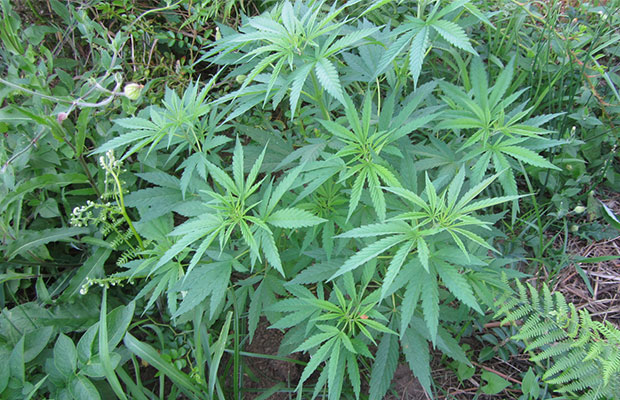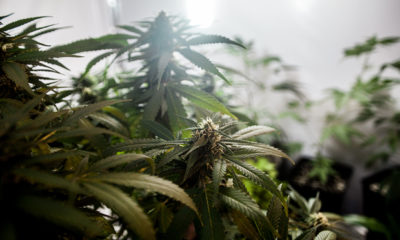
Economics
The DEA Drained $18 Million Last Year Destroying Pot Plants
The DEA’s mission is simple: Search and destroy. At the expense of hardworking taxpayers, the DEA spent $18 million eradicating cannabis plants last year, according to a report. Despite our nation being home to 24 states with medical cannabis, the DEA’s notorious cannabis eradication program continued to operate for another year with the usual stride.
The DEA pays for anti-cannabis programs in 128 local and state enforcement agencies. The only states to resist federal funding from the DEA last year were Colorado and Alaska. The cost of eliminating cannabis plants cost the DEA $18 million in 2015. According to The Washington Post’s Christopher Ingraham, that translates to a “cost-per-plant of $4.42, up slightly from a cost of $4.20 per plant in 2014.” That’s like paying a DEA agent over $4to kill each plant. The DEA spends far more than that on eradication programs in certain states, such as Washington. In addition, a portion of the DEA’s funding comes from sketchy asset forfeitures, thanks to the Department of Justice.
The Domestic Cannabis Eradication/Suppression Program (DCE/SP) is the only nationwide law enforcement program that targets cannabis cultivation. The DCE/SP’s progress seems astonishingly unaffected by rapidly changing state laws. Cannabis is the number one illegal drug grown locally within the United States. Using sophisticated technology like aerial intelligence, the DEA destroyed 4,300,833 plants in 2014. The DEA also proudly carried out 6,310 cannabis-related arrests that year. This year, they almost reached the 2014 goal by destroying approximately 4.1 million cannabis plants. The DEA owes a lot of its success to local agencies that willingly participate. For the last several years, the DEA has reached near the 3-4 million mark by destroying cannabis plants.
The dialogue that the DEA perpetuates is harmful to the American public. “Cultivators have turned to sophisticated technology to cultivate cannabis plants indoors,” the DEA states on their website. “The use of hydroponics (growing plants in a nutrient-laden solution rather than conventional soil) and other technological advances have enabled cultivators to increase the potency of Tetrahydrocannabinol.” Strangely, not a word is mentioned about any medical marijuana program in dozens of states nationwide. Drug task forces frequently use helicopter surveillance to locate grow sites that are not following regulations. Helicopter agents painstakingly search for color abnormalities in hopes of finding more operations to bust.
The DEA’s head, Chuck Rosenberg — who believes that medical marijuana is a joke — led congressman Earl Blumenauer to call for his removal. Under Rosenberg, the crackdowns against illegal grow operations continued. Rep. Ted Lieu (D-Calif.) has repeatedly asked the DEA to redirect its eradication funds. The DEA, he believes, has better things to be spending their time on. “Marijuana needs to be removed from Schedule I classification, and DEA should stop this wasteful program,” Lieu said. “It makes zero sense for the federal government to continue to spend taxpayer dollars on cannabis eradication at a time when states across the country are looking to legalize marijuana… I will continue to fight against DEA’s Domestic Cannabis Eradication/Suppression Program in Congress and work to redirect these funds to worthwhile programs.”
The inaction from Obama hasn’t helped pressure the DEA to make any major changes. Patients, doctors and activists all over the country have repeatedly reinforced their plea to end the pointless pursuit of marijuana grow operations. It can only be hoped that the DEA’s recent announcement to look at rescheduling cannabis will amount to any real changes. Until then, precious taxpayer money will continue to go to waste each year.
Should the government end the Cannabis Eradication Program? Let us know what you think.
























